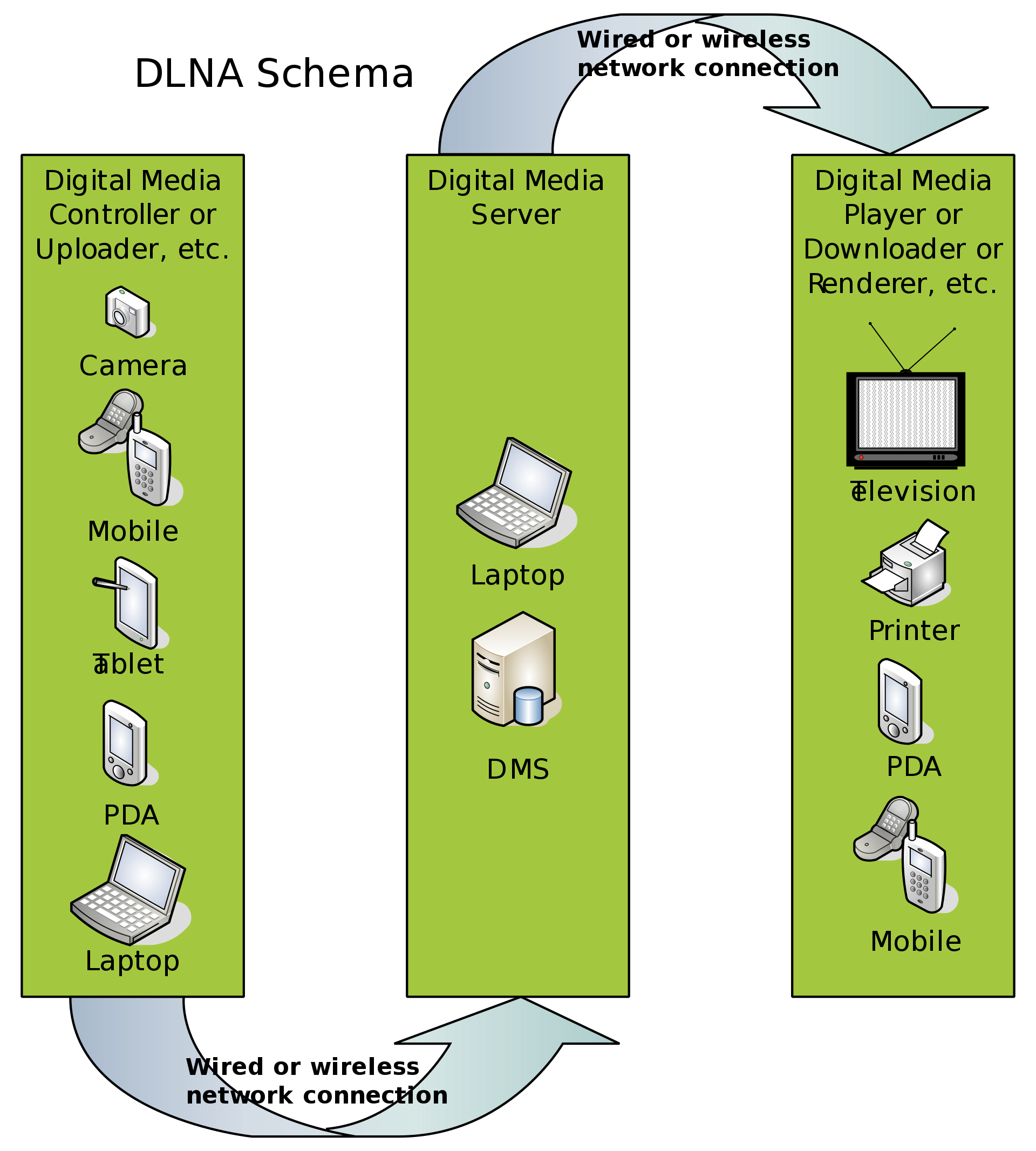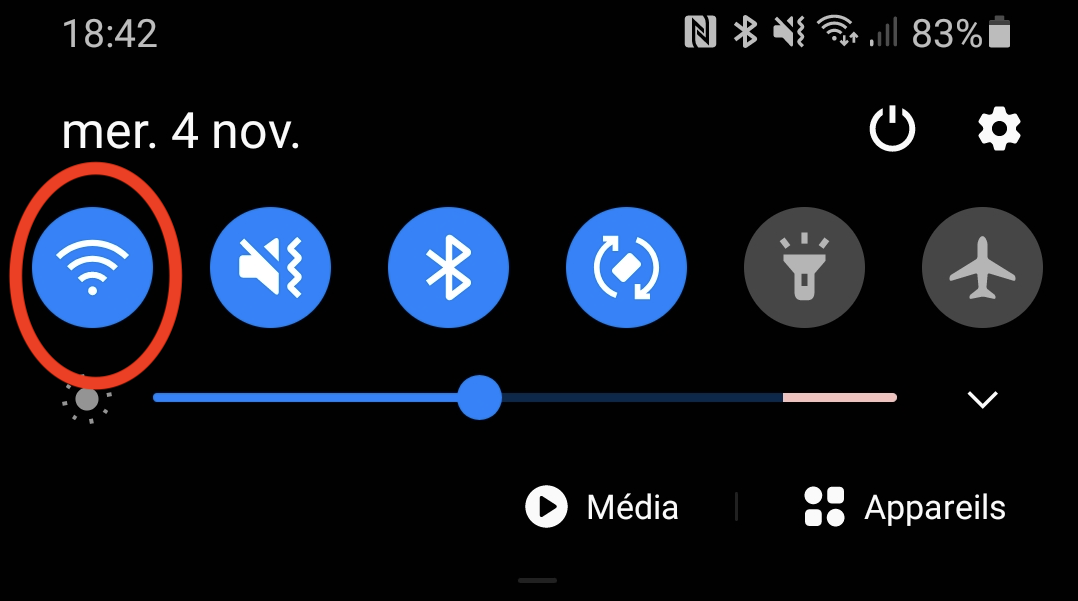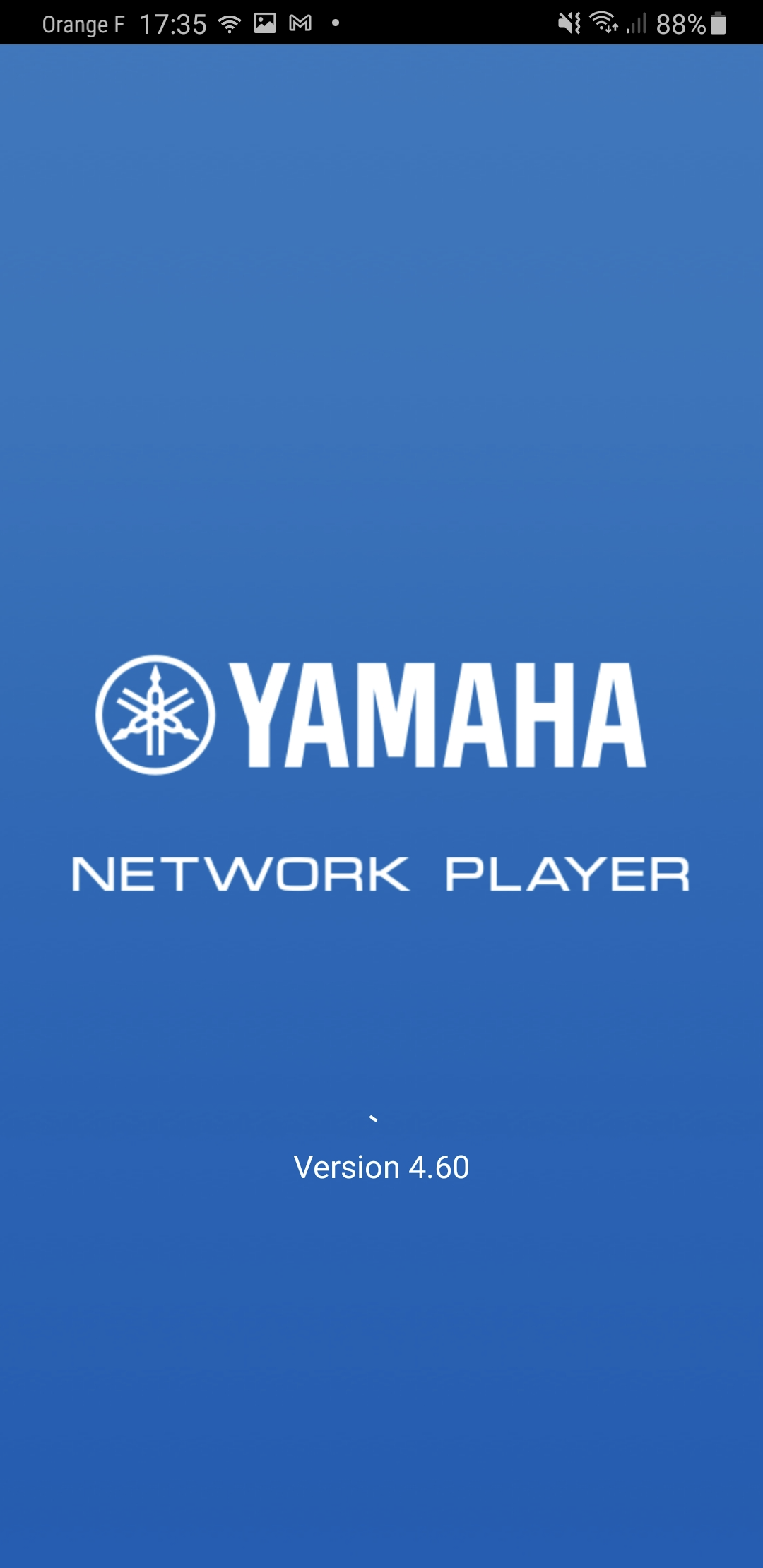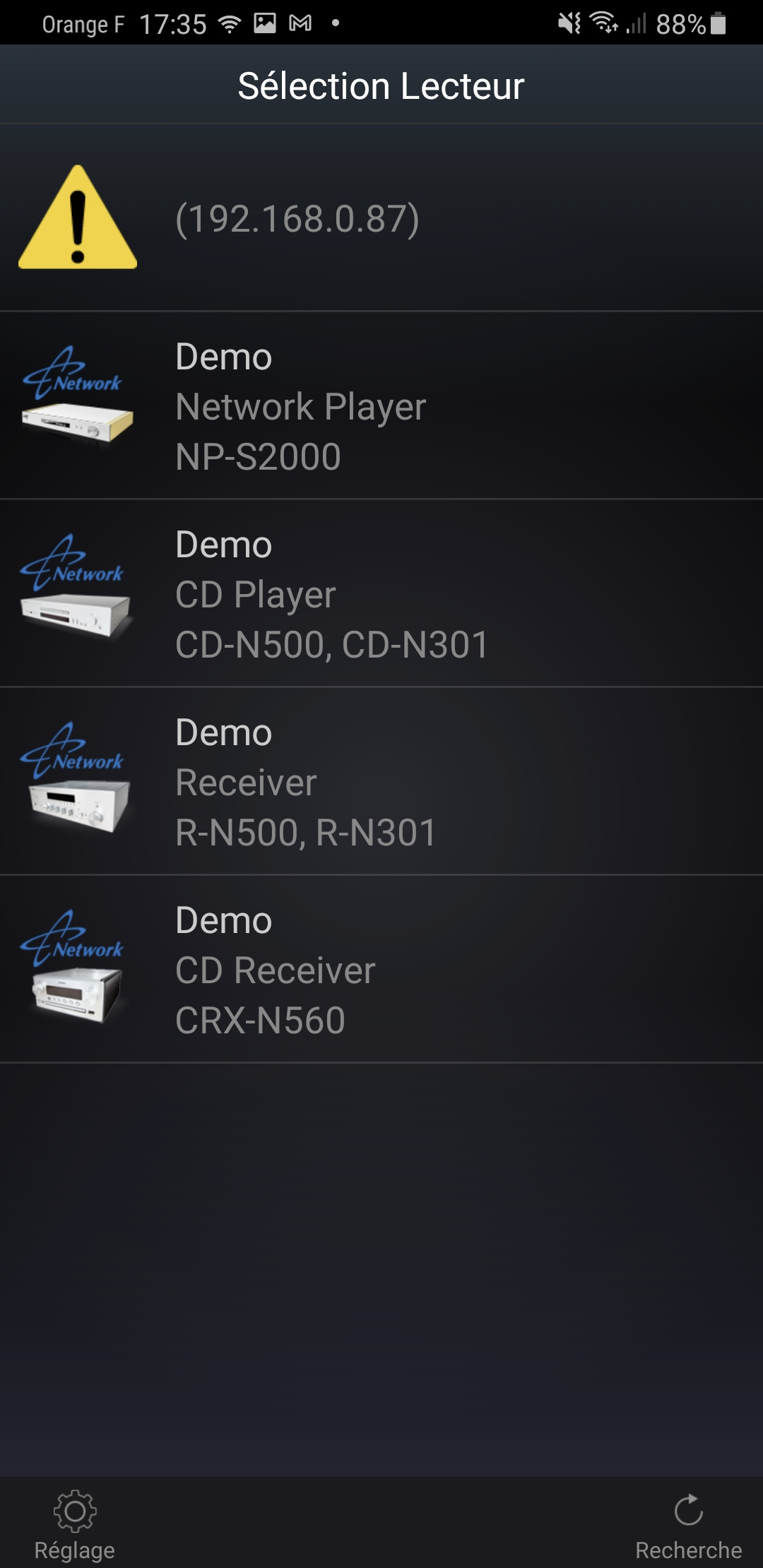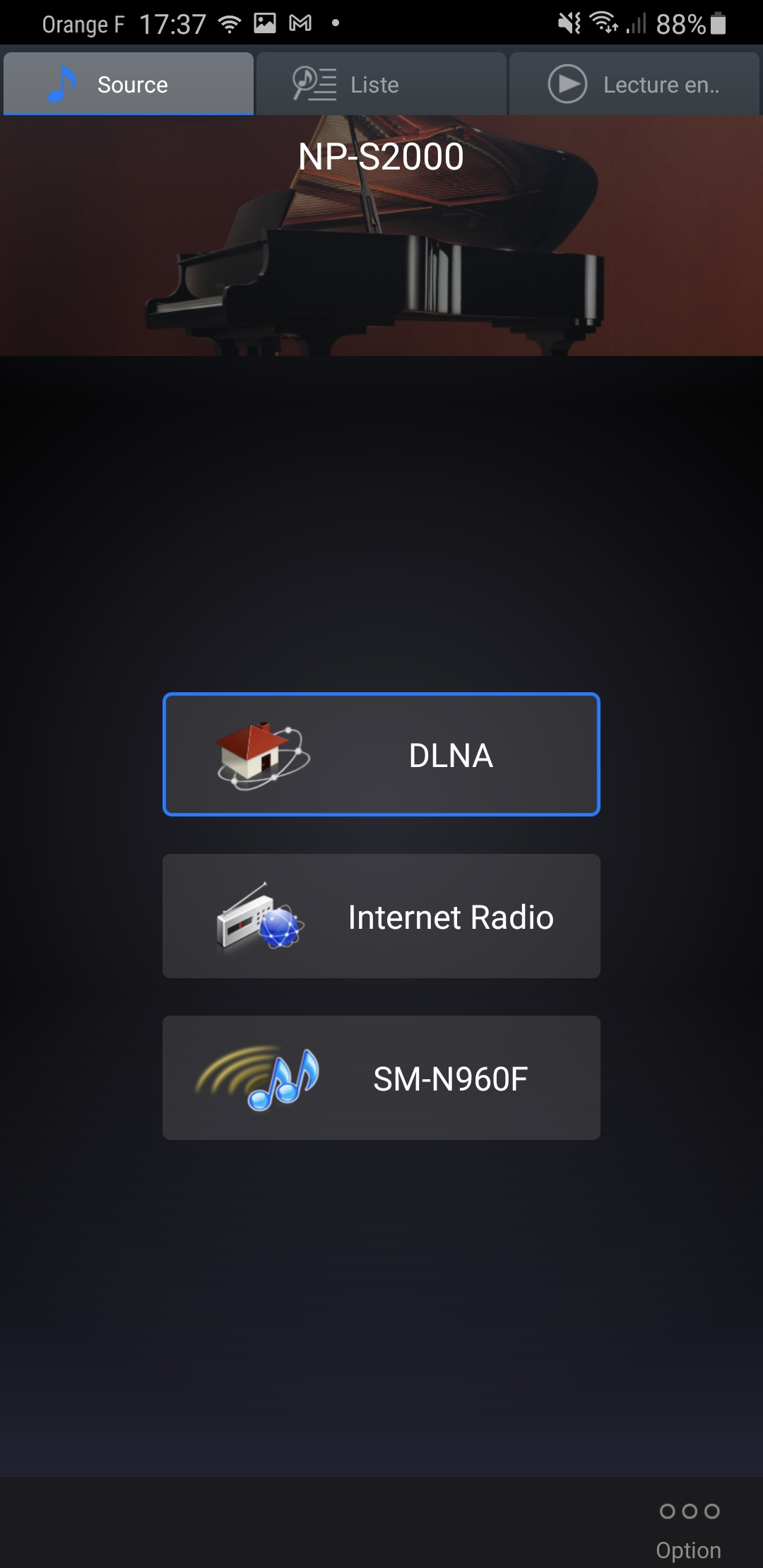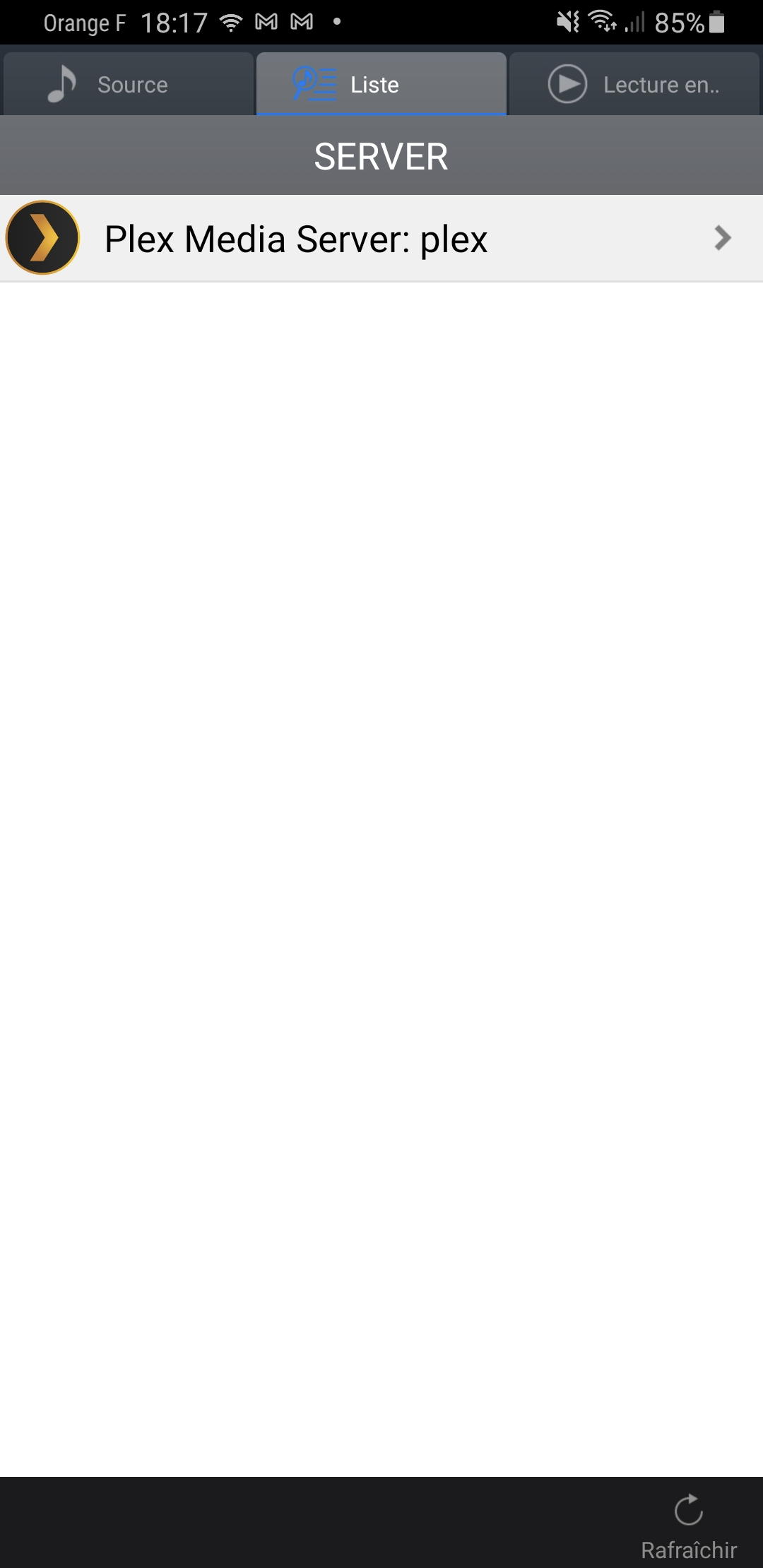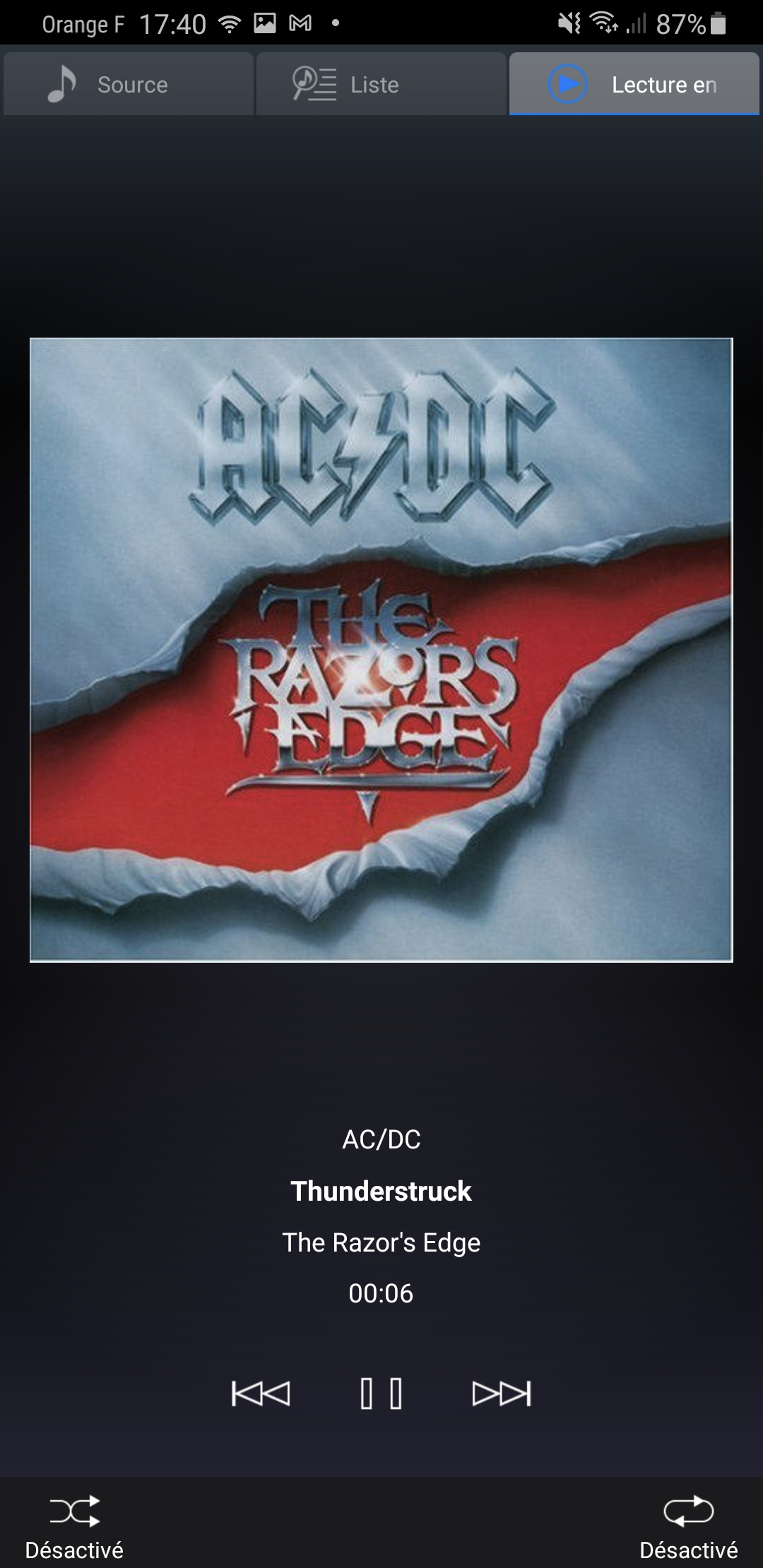Requirement
|
Overview
I'm very fond listening music at home and started my personal music collection. I was aware of this practice, and since then started 24/96 flac collection. As mechanical hard drives became more and more affordable, storage was not an issue for the NAS I deployed. I purchased then a refurbished but still decent DLNA network player (DMP) that would be able to stream music sources from DLNA server(DMS). All of this is orchestrated though my mobile phone acting as DLNA media controller (DMC). So far so good, but DLNA alliance expects that all DLNA protagonists are in the same and unique broadcast domain.
You might have guess already, but I'm not a huge FAN of having a single layer 2 domain at home and throw everything inside the same subnetwork. Granted the fact that not all home network are running OSPF/ ISIS MPLS or Segment Routing, everything is so simple and more predictable to manage at layer 3 whether you use IPv4 or IPv6.
Long story short, I can't listen music by structuring my home network using layer 3 as it is now ...
Article objective
In this article we will pursue the SOHO network appliance installation and enable THE UNIQUE freeRouter feature that you won't find in any router in the world: UPNP forwarder server.
Diagrams
source: DLNA German wikipedia
[ SOHO #008 ] - "It's the end of L2 at my home... At last !"
Verification
Conclusion
In this article we enabled RARE/freeRouter DLNA/UPNP server/client:
- You have now the possibility to position any DLNA devices on any L3 subnet of your home network
- Bye bye flat single VLAN design
- Not having a flat VLAN is desirable when you have lots of IPv4/IPv6 devices of different nature. You would want domotic/IoT devices not in the same subnet as your wifi client and have a separate subnet for you NAS or wired services
RARE validated design: [ SOHO #006 ] - key take-away
In this example the key take-away are:
- Configure an UPNP hub
- Configure UPNP forwarder on very interface you expect DLNA/UPNP communication
- Of course this is IPv4/IPv6 compliant
This is a pretty unique freeRouter feature !

